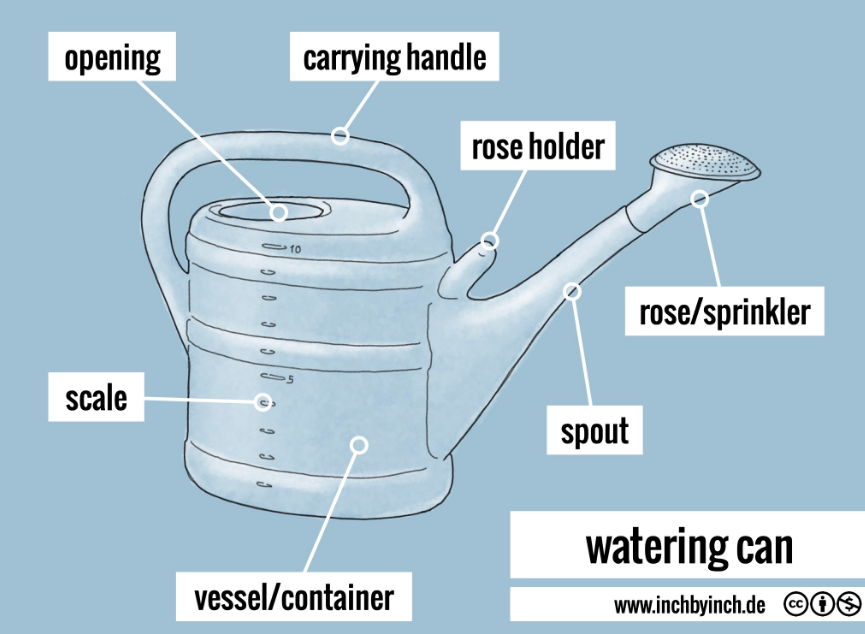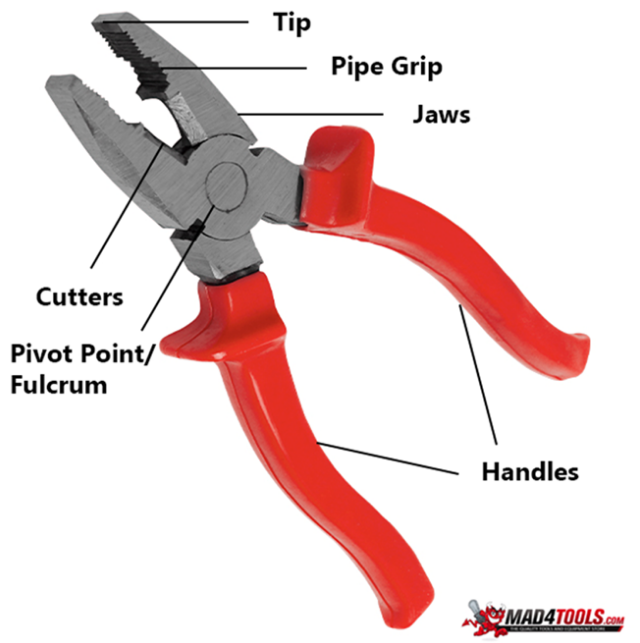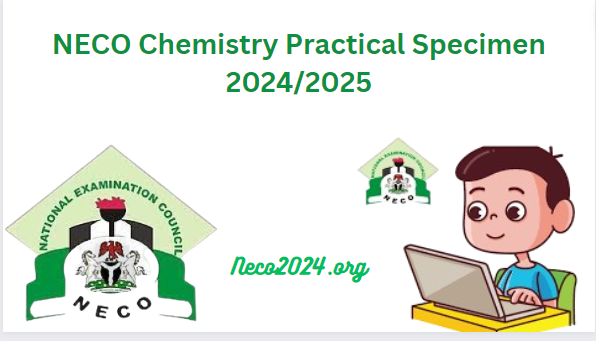Here is an updated post on NECO Agric Science Practical Specimen 2024/2025, scheduled for July 2024. Get firsthand information for the NECO SSCE Agriculture practical exam to enhance your preparation. The 2024 NECO Agricultural Science practical Specimen is now available for Agric students, ensuring you are well-informed for the upcoming examination.
Also read the complete list of NECO 2023 June/July SSCE Internal Practical Specimens for Biology, Chemistry, Physics, Agricultural Science, Data Processing, Fisheries, Technical Drawing, Visual Arts, and Computer Studies. All participants are notified that the Practical Specimens for the mentioned subjects in the upcoming NECO 2024 SSCE have been released.
This post provides a comprehensive guide to the tools required for the practical examination, complete with diagrams. NECO practical specimens are on this website for early preparation. Stay tuned for free NECO SSCE Agricultural Science practical questions and answers for 2024/2025, updated during your exam or midnight. Keep checking for more updates.
However, as of now, the official specimen 2024 has not been released. Rest assured, we are committed to providing you with the latest and most accurate information. Kindly stay tuned to our website, and once the NECO 2024 specimen is released, we will promptly update it for your convenience.
The NECO Agricultural Science Practical exam evaluates students on practical aspects of agriculture, covering agronomy, animal husbandry, fisheries management, soil science, and agricultural economics. Tasks include land preparation, planting, harvesting, watering, and animal breeding.
Practical sessions involve handling specimens like crops, animals, machinery, and farm products, emphasizing correct identification and proper handling. Safety procedures are crucial, especially with hazardous materials.
Adequate preparation involves understanding practical concepts, scientific procedures, and utilizing past questions. NECO emphasizes exam integrity, warning against malpractice with severe consequences, including disqualification, result cancellation, or legal action. Students are advised to focus on studies and preparation to avoid any malpractice.
NECO Practical Specimen for Agriculture 2024
- Great care should be taken to ensure the information given overleaf does not reach the candidates either directly or indirectly before the examination.
- The provision of specimen, materials, and equipment for the examination is your responsibility
- (b) Each candidate should be provided with the following specimen labeled accordingly.
Specimen A – WATERING CAN

Irrigation: Commonly used in small-scale agriculture for precise, manual watering, delivering water directly to plant roots.
Seedling and Transplant Care: Employed for watering seedlings and newly transplanted crops.
Foliar Feeding: Useful for applying nutrient solutions to foliage, facilitating nutrient absorption through leaves.
Disease Control: Applied in the distribution of fungicides or other disease control measures to plants.
Indoor Gardening: Ideal for indoor or container gardening where water access may be limited.
Supplemental Watering: Handy in regions with insufficient rainfall or during dry periods for additional watering.
Precision Watering: Provides control and precision for targeted watering of specific areas, such as potted plants or designated sections of a garden.
SPECIMEN B – PLIER

- Specimen C – KNAPSACK SPRAYER
- Specimen D – LITMUS PAPER
- Specimen E – COW DUNG
- Specimen F – LIMESTONE
- Specimen G – CLAYEY SOIL (POWDERY FORM)
- Specimen H – YAM TUBER
- Specimen I – CASSAVA TUBER
- Specimen J – ORANGE FRUIT
- Specimen K – GROUNDNUT CAKE
- Specimen L – HIDES AND SKIN
- Specimen M – DIGESTIVE TRACT OF A BIRD
NECO Practical Specimen Detailed Explanation
Specimen A: Watering Can Used in agriculture for even water distribution, promoting plant hydration and growth.
Specimen B: Plier Versatile tool for wire cutting, bending, and gripping in various farming operations.
Specimen C: Knapsack Sprayer Essential for precise application of pesticides, herbicides, and fertilizers on crops.
Specimen D: Litmus Paper pH indicator crucial for testing soil acidity in agriculture, ensuring optimal plant growth.
Specimen E: Cow Dung Valuable organic fertilizer enriching soil with nutrients, enhancing fertility and moisture retention.
Specimen F: Limestone Used in agriculture to neutralize acidic soils, improve nutrient availability, and enhance soil structure.
Specimen G: Clayey Soil (Powdery Form) Fine-textured clayey soil with high water-holding capacity, challenging to work with in a dry, powdery state.
Specimen H: Yam Tuber Staple crop studied for botanical features, tuber formation, and storage conditions.
Specimen I: Cassava Tuber Tropical root crop explored for morphological characteristics, harvesting, and processing.
Specimen J: Orange Fruit Citrus fruit rich in vitamin C, offering insights into fruit characteristics and seed dispersal.
Specimen K: Groundnut Cake Protein-rich byproduct used in animal nutrition, allowing observation of composition and texture.
Specimen L: Hides and Skin Obtained from animals, important in the leather industry, showcasing hide and skin structure.
Specimen M: Digestive Tract of a Bird Illustrates avian digestive system features, including the crop, gizzard, and intestines.
If a Specimen is Limited to candidates the report forms should be shared among small candidate groups. The report form, provided separately, requires information on specimen and material details, as well as any difficulties faced by candidates. Each envelope containing scripts must include a completed report form.
While reviewing the listed NECO Agricultural Science Practical Specimen above, Kindly move around our website for additional NECO or WAEC practical specimens. Share your thoughts and questions in the comment section below.
Access verified NECO Agric Practical Questions and Answers for 2024 to confidently prepare for the exam. READ ALSO: NECO Chemistry Practical Specimen 2024/2025
Likely Neco Agric Practical Questions
Specimen C – KNAPSACK SPRAYER
Specimen D – LITMUS PAPER
Specimen E – COW DUNG
Specimen F – LIMESTONE
Specimen G – CLAYEY SOIL (POWDERY FORM)
Specimen H – YAM TUBER
Specimen I – CASSAVA TUBER
Specimen J – ORANGE FRUIT
Specimen K – GROUNDNUT CAKE
Specimen L – HIDES AND SKIN
Specimen M – DIGESTIVE TRACT OF A BIRD
(PICK ANY ONE)
(i) Minisetts or seed yams
(ii) Whole yam tubers
(iii) Vine cuttings
(iv) Tissue culture plantlets
(i). Specimen K – groundnut cake
(ii). Specimen L – hide and skin
(iii). Specimen M – digestive tract of a bird
(i) Curing and Inedible Tissue Removal
(ii) Tanning
(PICK ANY THREE)
(i) Leather Production
(ii) By-product Utilization
(iii) Export Potential
(iv) Job Creation
(v) Agricultural Diversification
(vi) Environmental Sustainability
(PICK ANY FOUR)
(i) Beak
(ii) Esophagus
(iii) Crop
(iv) Proventriculus
(v) Gizzard
(vi) Intestine
(PICK ANY ONE)
(i) Avian Influenza (Bird Flu)
(ii) Newcastle Disease
(iii) Infectious Bursal Disease (Gumboro Disease)
(iv) Duck Virus Enteritis
SPECIMEN A-
(Specimen A – Watering can
Specimen B – plier
Specimen C – Knapsack sprayer
(PICK ANY ONE)
(i) A watering can is typically a small handheld container with a spout for pouring water while a knapsack sprayer is a backpack-like device with a larger capacity for holding liquid and a spraying mechanism.
(ii) A watering can relies on gravity to pour water while a knapsack sprayer uses either manual pumping or a motorized mechanism to create pressure for spraying the liquid.
(iii) A watering can is used for precisely pouring water onto specific plants or areas while a knapsack sprayer is used to spray liquid over a larger area ensuring even coverage.
(iv) A watering can is mainly used for watering plants while a knapsack sprayer can be used for multiple purposes such as applying pesticides fertilizers or herbicides.
SPECIMEN A-
(PICK ANY TWO)
(i) Watering plants in gardens or pots.
(ii) Providing a controlled and targeted water supply to seedlings and delicate plants.
(iii) Transporting water for indoor or outdoor plants.
(iv) Can be used for decorative purposes like pouring water into a fountain.
-SPECIMEN B-
(PICK ANY TWO)
(i) Gripping and holding objects firmly.
(ii) Bending or twisting wires and other materials.
(iii) Cutting through wires or thin metal.
(iv) Can be used as a multifunctional tool in various industries including electrical work plumbing and mechanical repairs.
Specimen D – litmus paper
Specimen E – cow dungs
Specimen F – limestone
Specimen G – clayey soil (powdery form)
